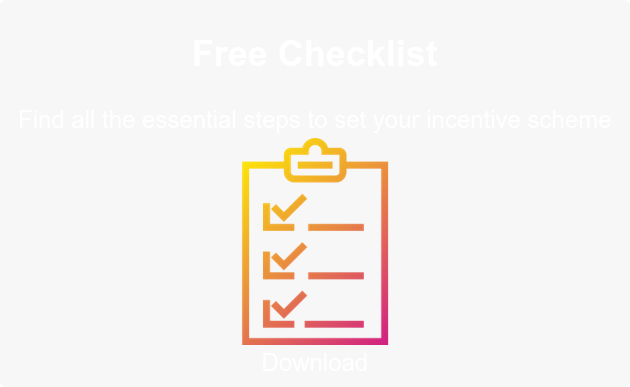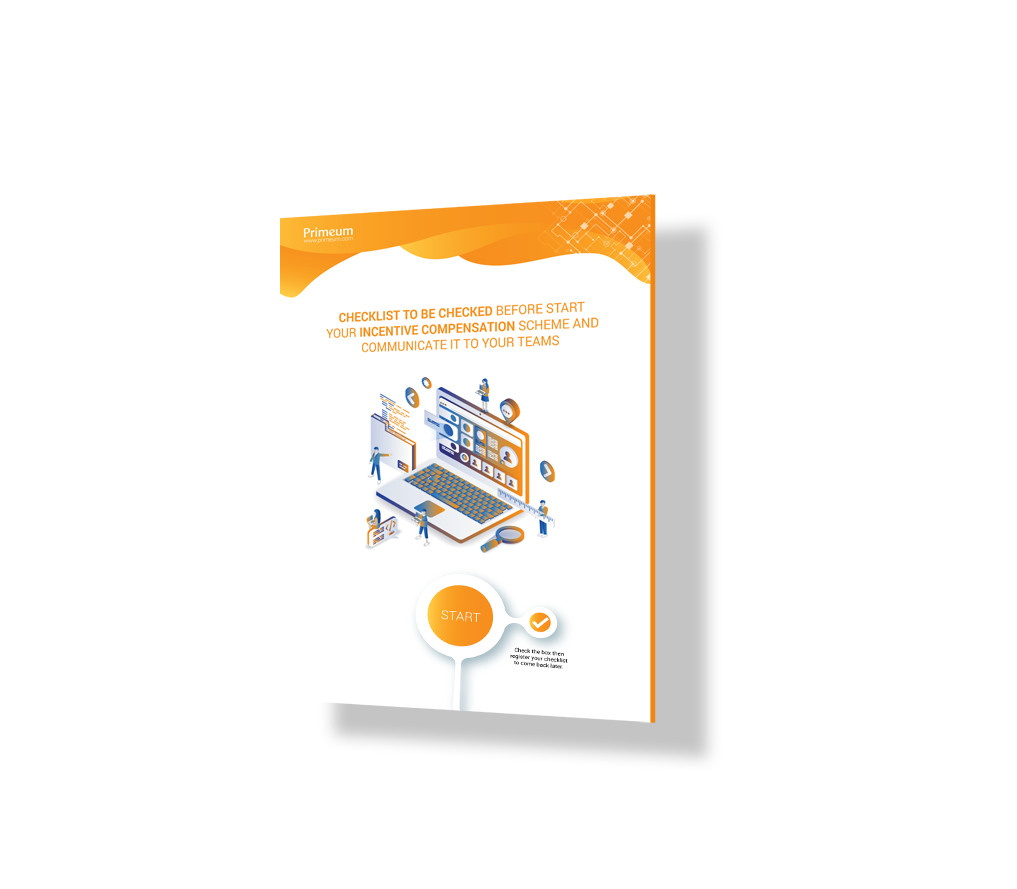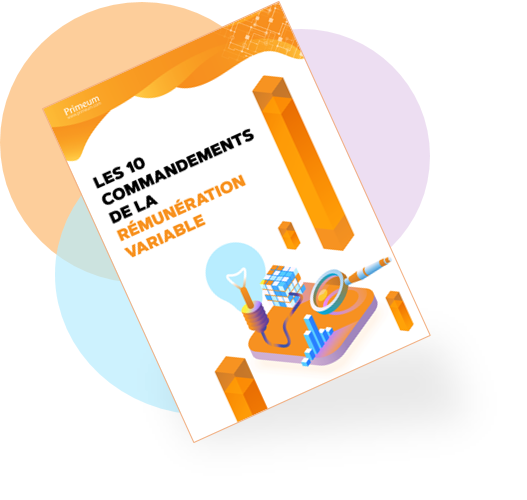When it comes to employee compensation, companies can choose between fixed and variable pay.
The 1st one offers a salary calculated based on the employee’s role and the number of hours they work. Variable pay, on the other hand, supplements the basic salary with an additional portion based on positive results (achieved either individually or collectively). Incentive compensation is particularly often used to reward the performance levels of sales team.
A PRE-EMPTIVE PERFORMANCE DRIVER
Incentive compensation can be a powerful factor in motivating your employees. In order to maximise their salaries, employees earning bonuses need to achieve their objectives, and therefore produce the level of performance the company expects. To ensure the smooth roll-out of the bonus scheme, it is essential to prepare for its implementation by creating a simulation of each sales agent’s incentive compensation.
THE DIFFERENT TYPES OF incentive compensation
Choosing incentive compensation means offering your employees the opportunity to play a major role in deciding how much they earn. There are several ways of calculating the “variable” part of someone’s salary. This may include rewards such as target bonuses, ranking bonuses or qualitative bonuses. Bonus schemes may also offer employees commission (which may be fixed or adjustable, capped or uncapped). Learn more about the differences between target bonuses and commission, as well as which will function the best in your company based on your individual commercial strategy.
Incentive scheme can be calculated individually, or for a team, department or entire company. Of course, the more the incentive compensation is diluted between the various employees within a company, the less likely it is to achieve its objectives.
ADVANTAGES AND DISADVANTAGES OF incentive scheme
For a bonus scheme to be successful, employees need to be fully on board. The company will benefit from a more motivated team, who will mobilise all their efforts to achieve the objectives set so they can earn the maximum amount of compensation. Choosing this type of employee compensation also provides you with a more combative commercial team, who care about the company’s operations and the results achieved. Performance levels will increase in the short and medium term.
However, incentive scheme must be adapted to suit the market in question and the structure of the company; for example, in the banking sector (where the sale of financial products often involves follow-up consultancy services worth more than the sale itself), it is important to effectively control competition between sales team and not set objectives on the “wrong values”, which could penalize the company’s performance.
Once it can be adapted to different roles, the variable pay approach will be more effective and optimal for the company. To ensure the scheme is well-prepared and can be adapted to suit a range of objectives, an incentive simulation is the way forward – this tool will open up the discussion and allow you to ensure the successful adoption of the bonus scheme.
PERFECT KNOWLEDGE OF THE MARKET
Before implementing any variable pay scheme, and especially before calculating its budget, a company must possess a robust understanding of the market in which it is aiming to develop. The company will therefore need to carry out a meticulous market study and competition analysis. This advanced market knowledge allows you to anticipate sales, but also to set objectives which are coherent with the company policy and the type of compensation chosen.
SETTING THE RIGHT OBJECTIVES FOR GREATER ANTICIPATION
Setting the right objectives is an essential aspect of incentive compensation, and is also key for creating simulations for this type of compensation. Objectives are a determining factor in calculating the salaries of your commercial teams.
Depending on the type of variable pay chosen, objectives may be individual or collective; they must be realistic sustaining employee motivation but also in accordance with market trends. They must also take into account the sales person or team in question. Each objective is different, and should always be personalised. It’s also possible to set optimistic objectives for experienced sales people, or to reduce objectives in a difficult economic context.
CHOOSING THE RIGHT TOOLS TO SIMULATE incentive scheme FOR A SALES people
There are several different ways to simulate incentive schemes. The company can base its calculations on data and experience, particularly from HR, in order to set the variable pay scales for it commercial teams. This option requires thorough knowledge of the market and the company’s activities. It’s also possible to work with a consultancy company, who will carry out a full assessment of the company and its objectives in order to publish a set of proposals.
Using online simulation tools is another option. Primeum offers a number of different tools, each adapted to the size of your company, enabling your team to simulate their own rates of incentive compensation based on potential performances. This facilitates oversight of the bonus scheme while keeping it in-house. Because these simulators are open to everyone, they allow employees to view a simulation of their own bonus results, helping to motivate your sales force even further. Finally, for specialist needs, both companies and employees can call upon the services of a Primeum expert.
BENEFITS OF CARRYING OUT commercial incentive simulation
The ability to generate bonus simulations is a sizeable asset. It enables your teams to be better prepared, plan an appropriate budget, anticipate future needs, and implement actions which are coherent with the state of the market and your own objectives. Simulating variable pay results is a sign of pro-activity, and companies which use the variable pay simulation tool benefit from a vastly-improved image. Using this tool, companies are able to anticipate the future while offering a quality approach that is highly-appreciated by staff in both the short and long term.





